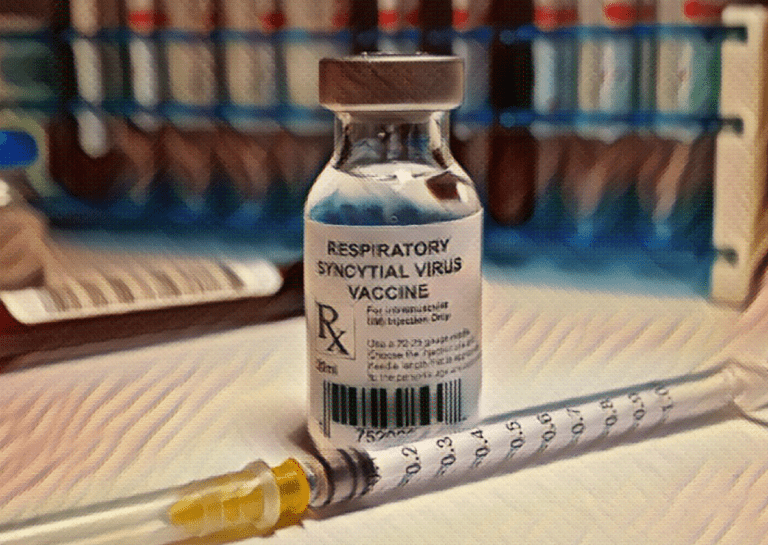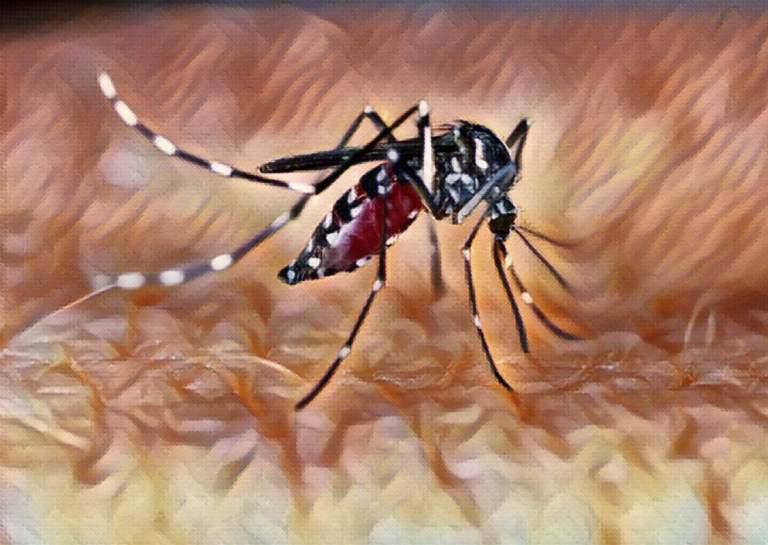Glossary

Meningitis
Meningitis is the infection of the meninges; the tissues surrounding the brain and spinal cord. There are 2 types of meningitis — bacterial and viral … Read more

Respiratory Syncytial Virus (RSV)
Respiratory Syncytial Virus (RSV) is the main cause of Bronchiolitis, a lower respiratory tract infection, in younger children and can be severe in some cases. … Read more

Heatstroke
Heatstroke is the body’s physiologic response to particularly high temperatures or physical overexertion. It is caused by environmental exposure to heat which raises the body’s … Read more

Head Injury
Head injuries are common occurrences in infants and children and can happen through sporting activities, outdoor play, bike riding, or simple accidents. Although minor blunt … Read more

Hypothermia
Hypothermia is defined as a core body temperature lower than 95˚F. Primary hypothermia accounts for around 1000 to 1300 deaths each year in the United … Read more

Febrile Convulsions (Febrile Seizures)
Febrile convulsions are seizures associated with fever (bodily temperature exceeding 100.4˚F) and are the most common neurologic disorder seen in infants and young children. They … Read more

Zika Virus
Zika Virus is a virus transmitted by insects such as mosquitoes and is in the same virus family as Yellow Fever Virus and West Nile … Read more

Eye Injury
According to the World Health Organization, over 55 million eye injuries occur each year worldwide. Eye injuries can occur at any age and are common … Read more

Electric Shock
Electric shock injuries occur when the body comes into direct contact with an electrical current. The human body is naturally a good conductor of electricity, … Read more

Toilet Training (Potty Training)
Potty training is a major milestone for parents and toddlers, and one of the biggest misconceptions is that a child should be ready for this … Read more

